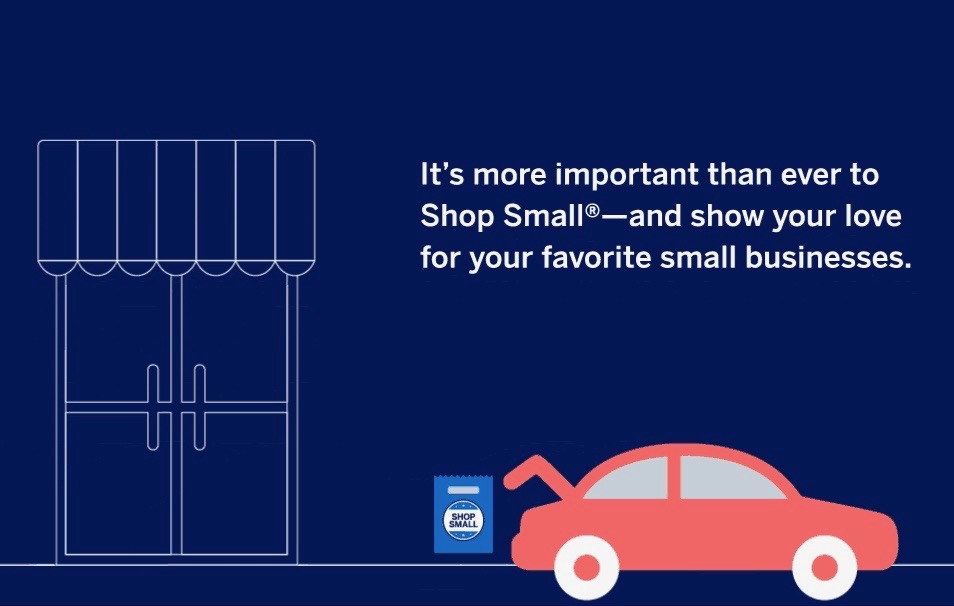
Sunday, November 22
Two memories: When I first came to live in New York City, my boss described how he’d gone looking to match this very old and odd wallpaper from his house. And of course, he’d found it somewhere. “You can get anything in New York,” he’d said. I suspect that he’d found the wallpaper in one of the dozens of quirky small shops that then existed in the city.
Then, in the early 2000s, I was visiting Chicago, where I attended the book industry’s annual convention, BookExpo. Leaving to go back to NYC, I took a shuttle bus to the airport and got into conversation with others. Talking about Chicago with a flight attendant, she said that she longed for the days, not so very long past, when every city she went to had different retail shops and individualized cultures. “Now, they’re all pretty much the same,” she said. The same clothing stores, the same chain hotels, even many of the same restaurants.
My New York City neighborhood around Union Square has certainly been homogenized for many years now. Back in the 1980s, a lot of old and very quirky New York could be found in the area. But for some years, the real estate there has been dominated by many of the same stores that you’d find in a mall or shopping strip anywhere. Staples, Nordstrom, Best Buy, Citi and Chase banks, Wells Fargo, DSW, Starbucks, Panera Bread, Dunkin’, Whole Foods, Walgreens, Barnes & Noble.
Will the pandemic’s shutdown only make the consolidation in retail and banking more intense, as the few remaining small and independent stores bite the dust? Or, is it possible that a combination of factors could lead to a revival of the small and quirky enterprises?
Time was, independent bookstores saw the big-box guys like Barnes & Noble and Borders as threatening to drive them out of business. Then came amazon.com. Now Borders is a distant memory, and Barnes & Noble almost seems to be in some other, non-bookselling business.
The online and home-delivering retailers, aided by COVID-19, seem to be on their way to driving big-box stores and retail chains out of business. But it could be a long time before any entities emerge that are able to absorb all the vacant NYC storefront space. But maybe, just maybe, once the pandemic passes there could be a renaissance of small enterprises, some initially as short-term, pop-up outlets. A lot depends upon whether big real estate sees fit to drop the rents. And they may not—Wall Street, which has securitized a lot of real estate, may not let rents fall lest the underlying value of the buildings be affected. A few years, maybe decades, must elapse before we’ll know the answer.
I’ve just received an e-mail from American Express (that champion of mom-and-pop enterprises) urging me to “shop small” during the holiday season. There’s a map attachment that lets you search a zip code to find a bunch of such small businesses. But when I enter 10003, the East Village zip code, a lot of what appears are restaurants. And that is certainly one of the most-endangered business sectors around—are they even allowed to be open? One day yes, the next day, no.
Dinner: Latin American picadillo, rice, and a green salad.
Entertainment: more episodes of Netflix’ The Crown and more As Time Goes By.
